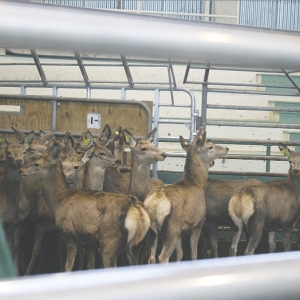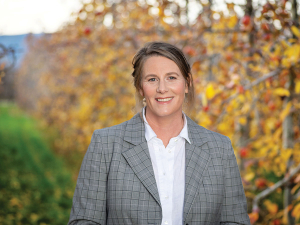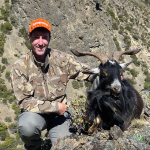The move was agreed to by delegates at a cross industry and science organisation, the Johne’s Disease Research Consortium (JRDC) at a science forum in Wellington earlier this month.
“It was a very positive day,” JRDC director Mandy Bell, of DEEResearch, told Rural News. “We had all the science people, pan-sector, in the one room. It was extremely well attended.”
The day included updates on JRDC’s on-farm study programme in dairy, sheep and deer, the international science on the disease, and the role of breeding and genetic tests in its control. The final session resolved to establish an expert working group.
Bell says the group’s aim is to pull together scientific knowledge on the disease, including from overseas, and “translate” that to what it means for New Zealand’s livestock industries. “It will pull out the key messages and management control tools and distribute those to each industry [sector] to fine-tune the management opportunities.” That will include managing the risk of the disease, as well as the disease itself should it arise.
“The problem is a lot of the science is still unknown but what we need to do now is maximise on what we do know and ensure there’s maximum uptake on-farm of the tools and knowledge we currently have, while recognising this is an ongoing process and research will continue to be needed.”
Farms need to know whether MAP is circulating in their herds or flocks, and/or the wider local environment. Armed with that knowledge, they should then drill down to deal with individual animals.
“Look to limit the transmission of MAP to other animals. You need to identify the animals that are infected.”
Diagnostic tests are available and producers should be aware that sub-clinical carriers of the disease can shed massive amounts of MAP.
While the tests “are not 100%” they are worthwhile as vets and producers can work to control the disease taking into account the sensitivity of the tests, says Bell.
Wildlife vectors are also a factor but their impact is minimal compared to an infected deer or cow in the herd.
“The end point is to minimise the shedding of the bacteria and how that is passed to other animals within the herd and within the environment…. The critical thing to understand is that every farm is different and this is a multi-factorial disease.”

















